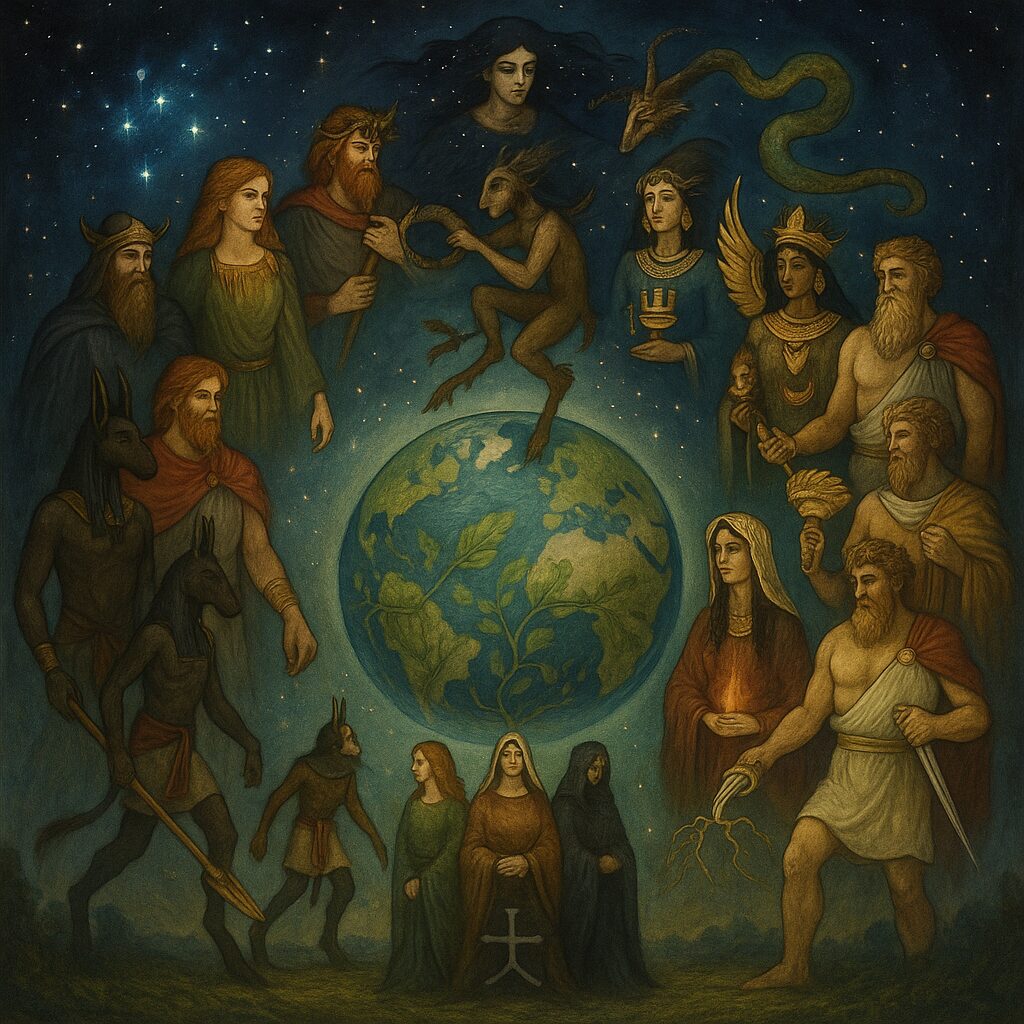The Living Path
Paganism is not a single road but a weaving of many ancient threads—of hearth and forest, moonlight and memory. It is a spirituality of relationship and reverence, rooted in the rhythms of the Earth and the presence of the sacred in all things. Here, the divine is not distant, but felt in flame, seen in the turning leaves, and heard in the silence between breaths. Whether you come seeking the gods of old, the whisper of spirits, or simply a way to belong to the world again, this path opens with welcome. You are not required to believe—only to listen, to notice, to remember. The world is not waiting to be saved – It is waiting to be honored.
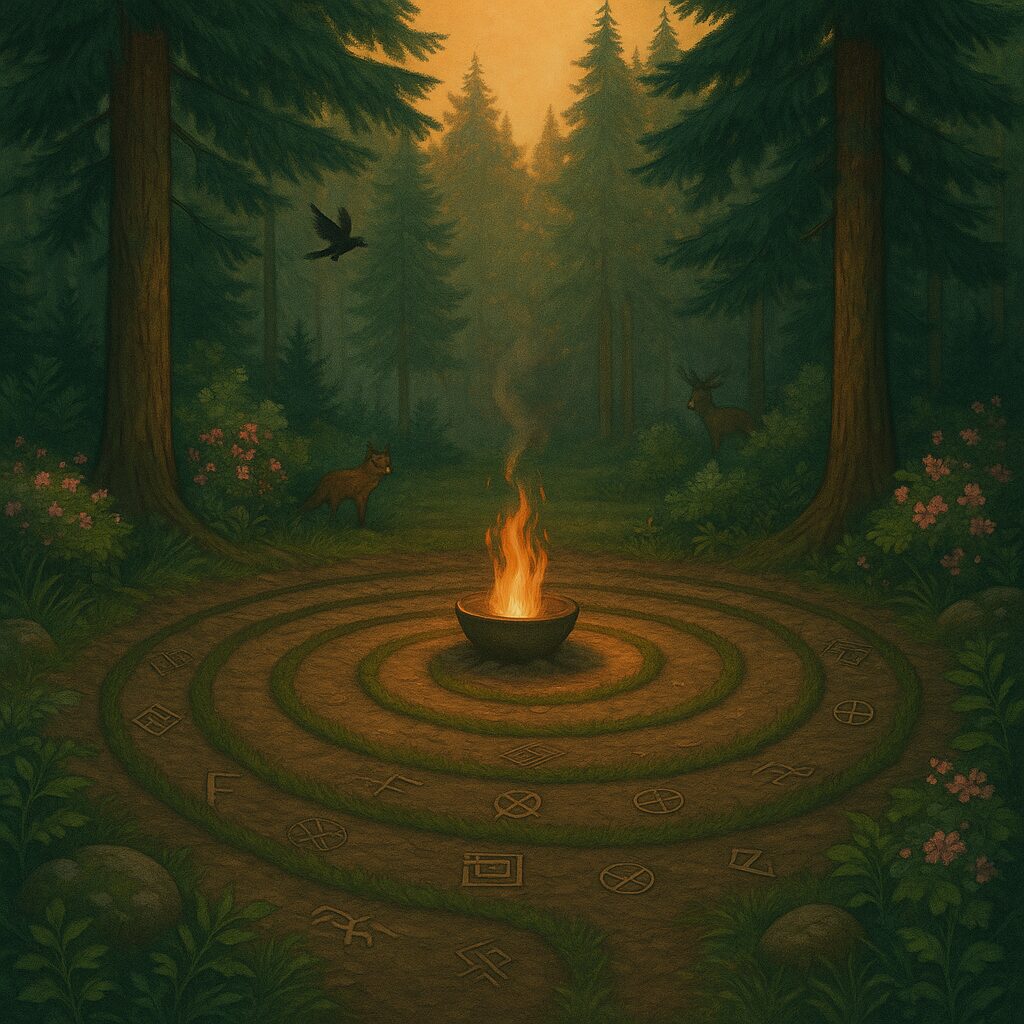
While the Wheel of the Year—with its eight Sabbats—and the lunar Esbats are the most visible rhythms of Neopagan celebration, our lives are filled with quieter, personal rites that make everyday life a living altar. Not every pagan follows the same calendar, but many walk with the land, their ancestors, their gods, or their intuition as their guide.
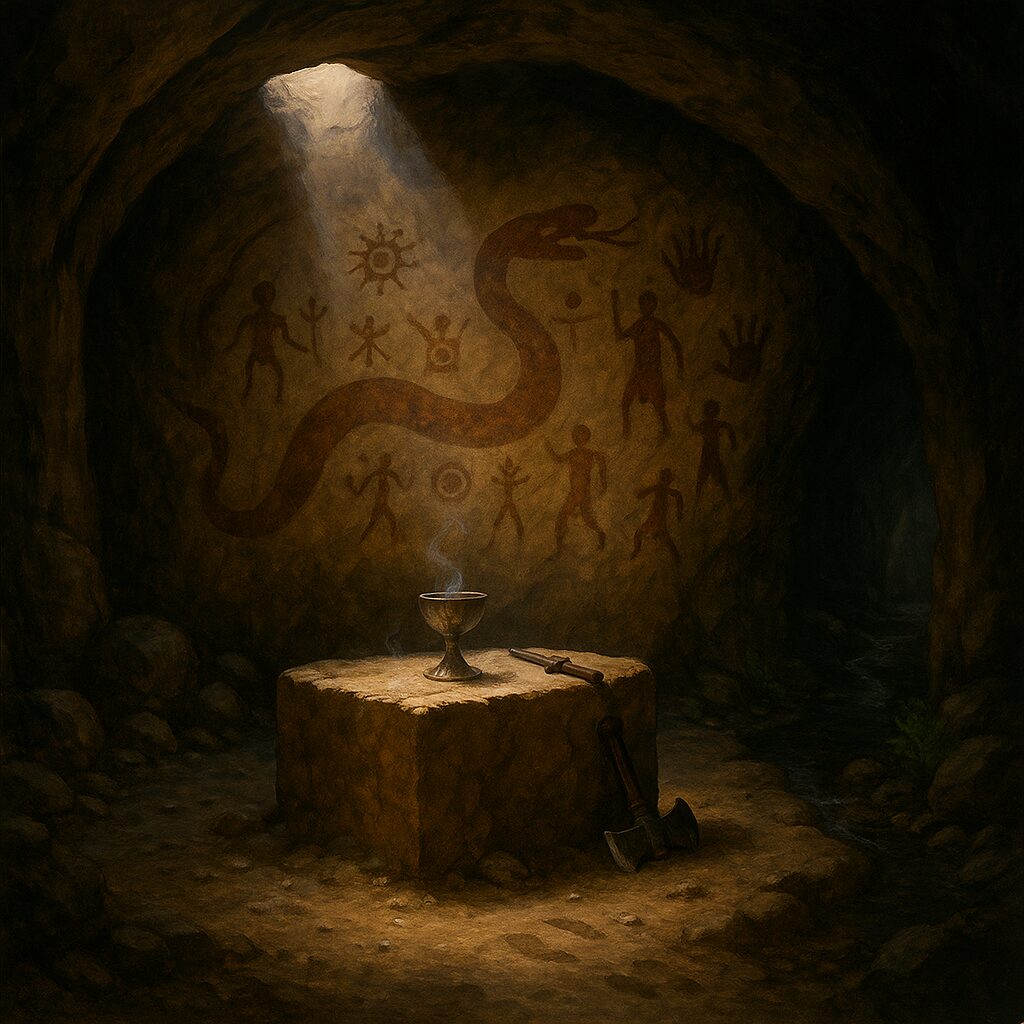
Neoaganism is a tradition of noticing—not just remembering the old ways, but letting new ones emerge. No two paths look exactly alike. What matters is not perfection, but presence. The sacred is not found only in grand ritual, but in the flicker of a flame, the turning of a leaf, or the feeling that something just beyond the veil has nodded in your direction.
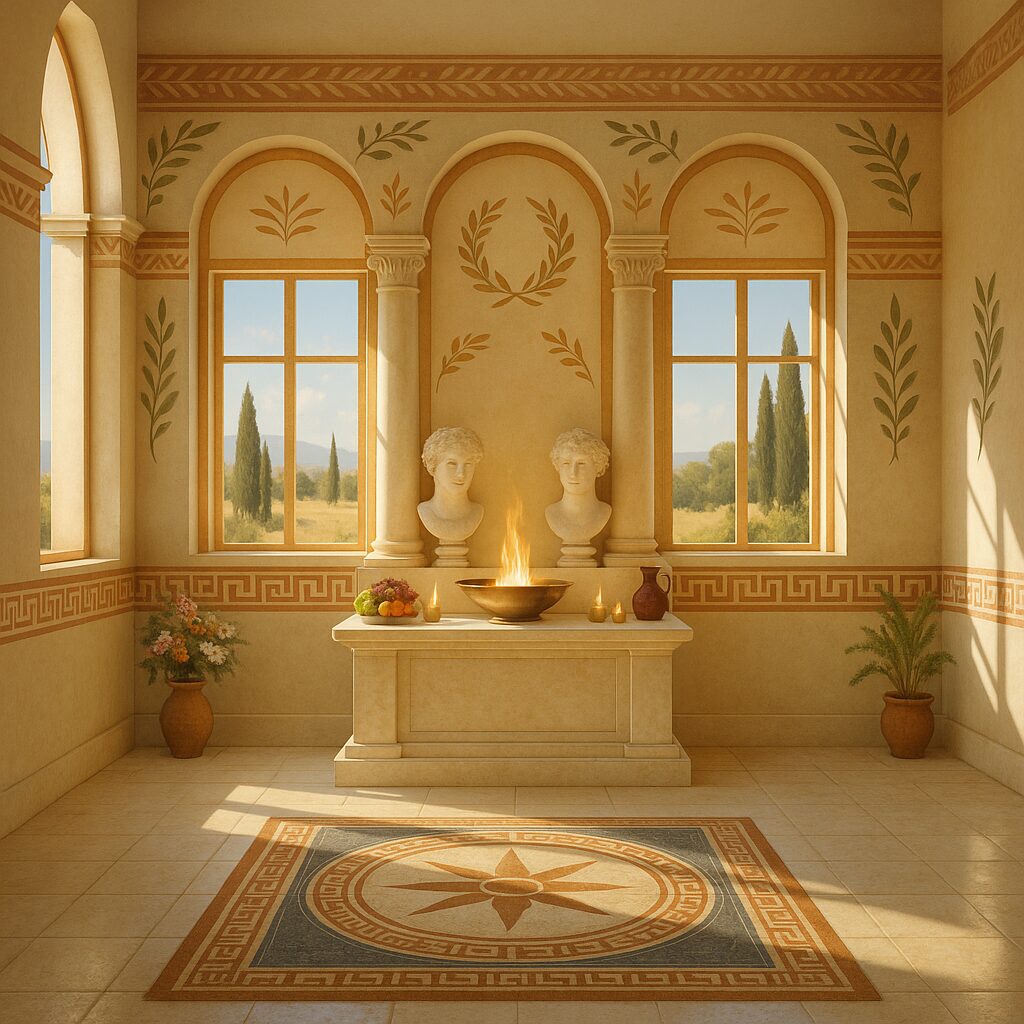
Ritual Baths and Moon Offerings
Some bathe beneath the full moon, steeping in herbs sacred to the goddess they follow—mugwort for dreams, lavender for peace. Candles line the rim of a clawfoot tub or a riverbank. Offerings are whispered into the water. The moon, as ever, listens.

Feast Nights and Hearth Rites
In kitchens and at fire circles, food becomes sacred.
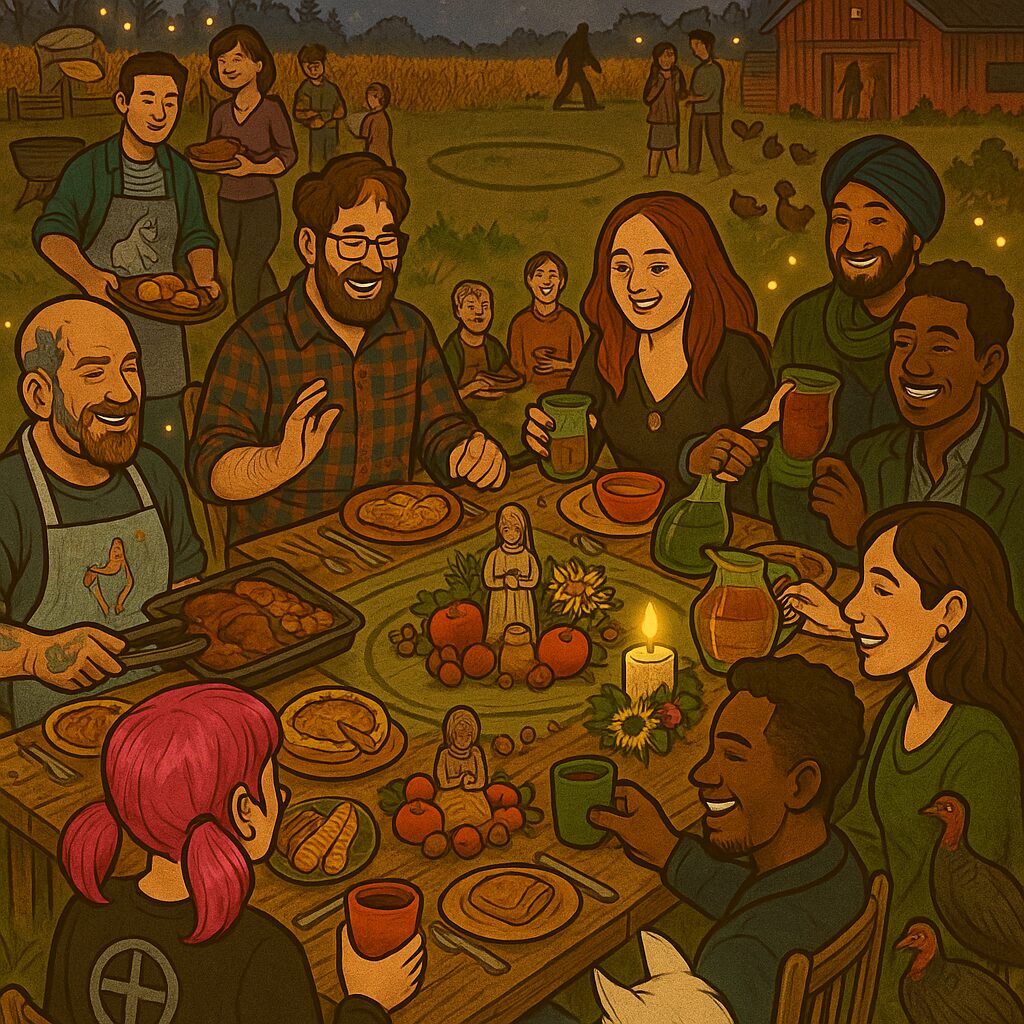
Seasonal Thresholds
Neopagans may mark the first frost, the arrival of birds, the budding of the first crocus—natural signs that remind us we live in a breathing, cycling world. These signs are celebrated with walks, whispered prayers, or spells tucked into garden soil.
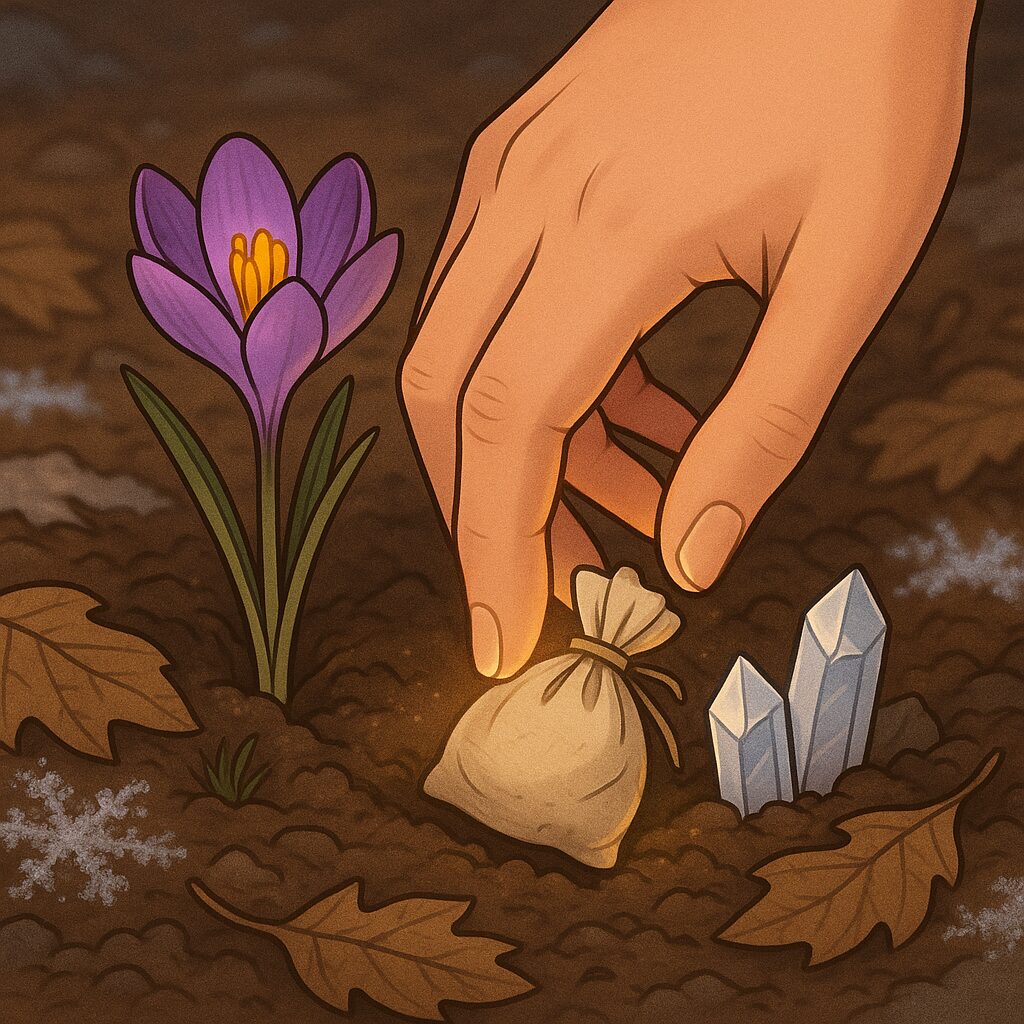
Ancestor Offerings
Candles are lit for those who have gone before. A photograph, a bit of their favorite tea, a quiet moment. In some homes, a permanent altar stands. In others, it is as simple as lighting a match and speaking their name with love.

Spellcraft and Magical Workings
Pagans often celebrate life’s transitions—birth, death, heartache, new ventures—not just with prayers but with action: a charm hung above the door, a sigil drawn in honey, a small spell pouch tucked in a pocket before a job interview. Magic is woven into the ordinary.
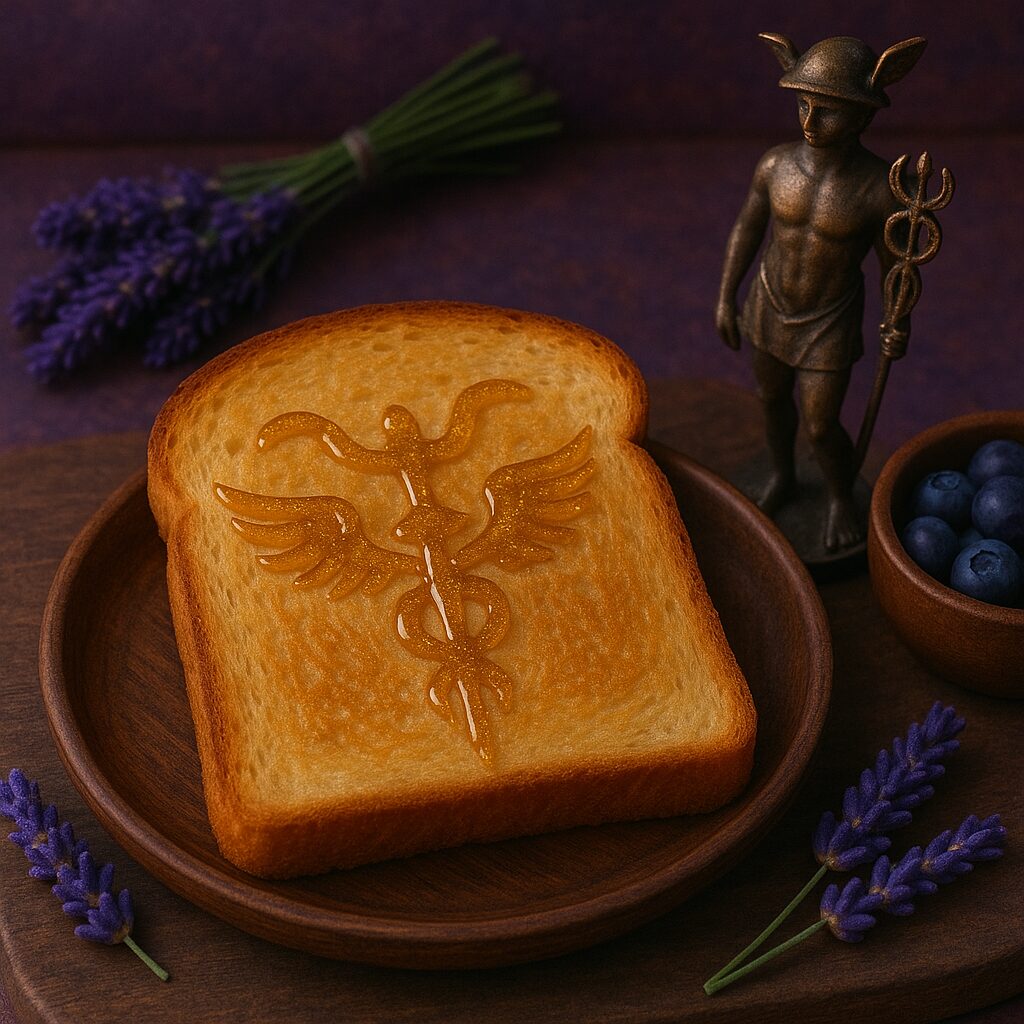
Nature Pilgrimage
A walk in the woods becomes a rite when eyes are open to the land’s spirits. Some whisper greetings to the trees. Some gather windfallen herbs. Others leave offerings—milk, bread, a song. This is not metaphor: the land is listening.
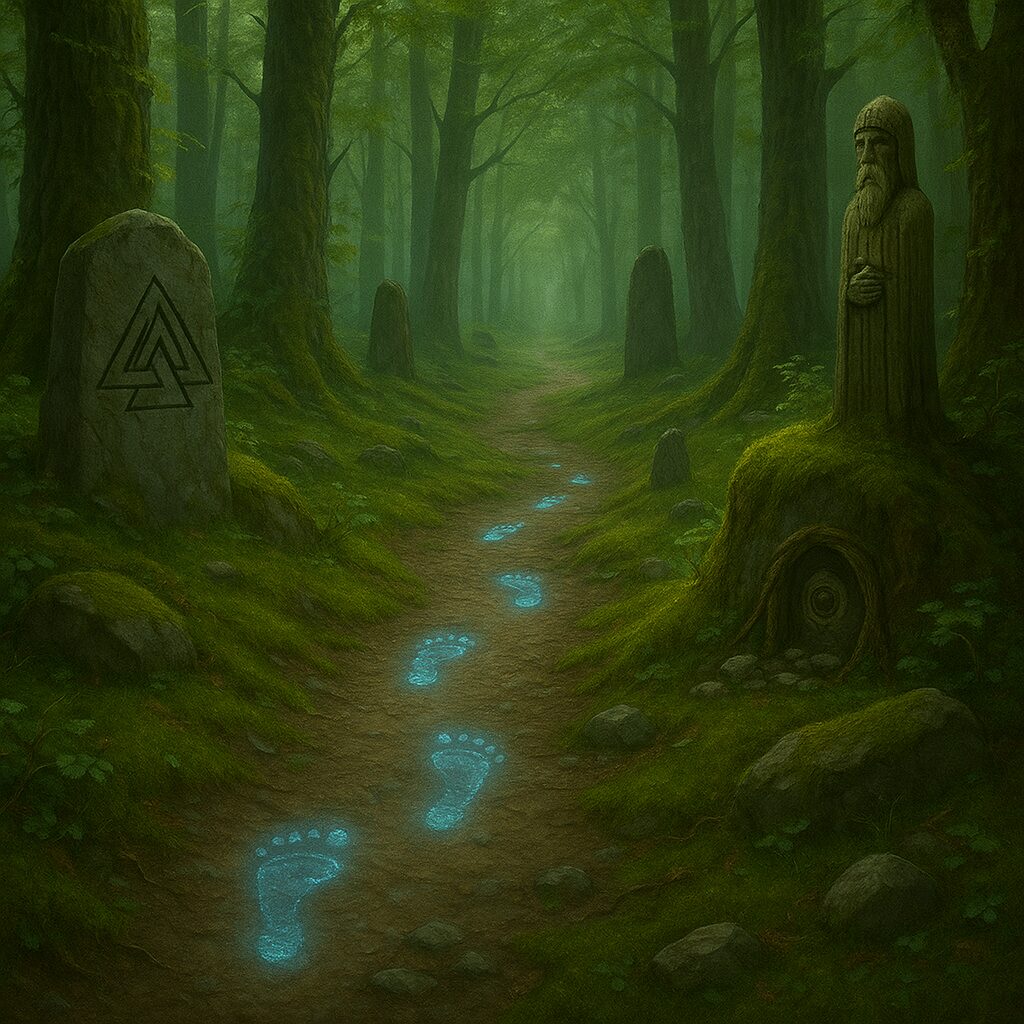
Devotion to Deity or Spirit
For those who walk with a specific god, goddess, or spirit, regular offerings may be made: honey to Aphrodite, incense to Odin, spring water to Brigid. A shrine may hold feathers, foods, art, or letters – make it symbolic for the deity. Devotion is both intimate and real.
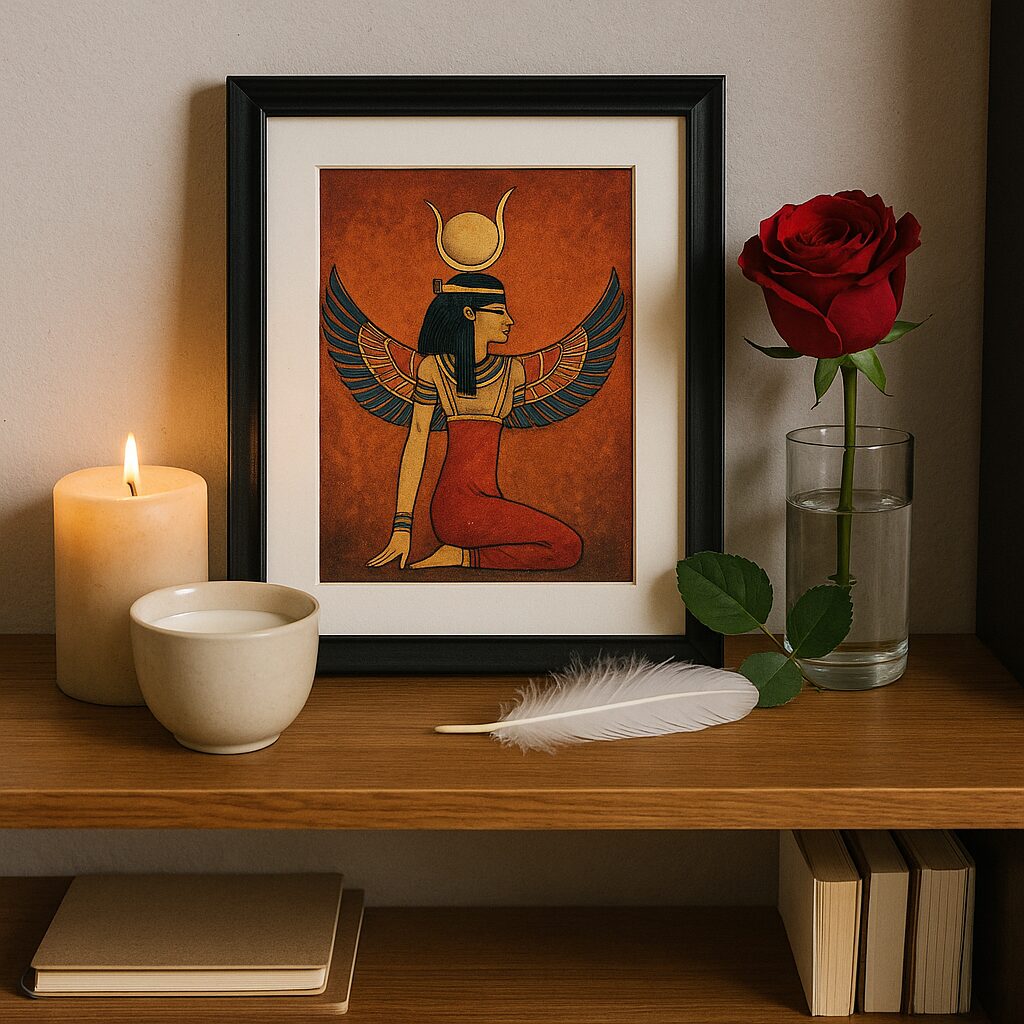
Divination and Inner Vision
Tarot, runes, pendulums, scrying mirrors, or simple intuitive journaling—Pagans often set aside sacred time to listen inward or outward, asking for guidance from their gods, spirits, or the living web of fate. Divination is both reflection and communion.
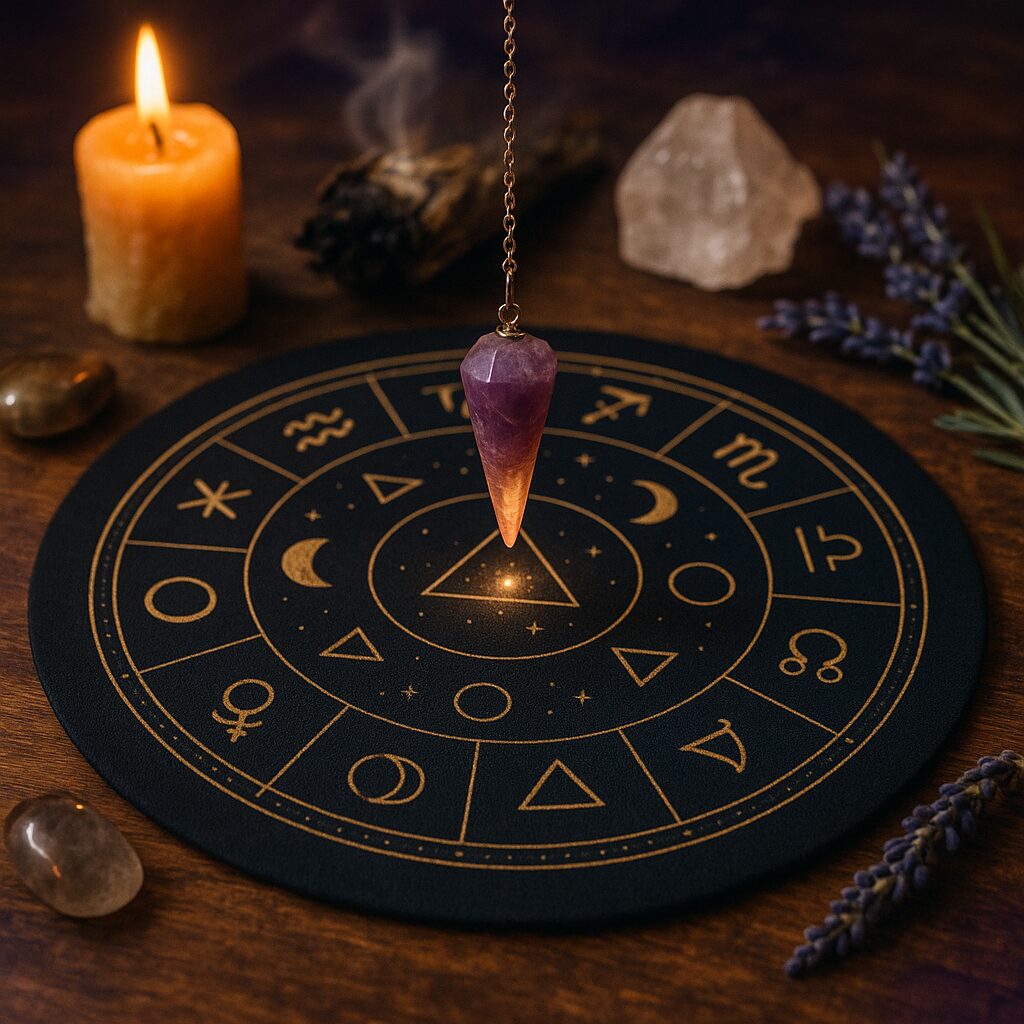
Initiations, Vows, and Rites of Passage
Some paths include formal initiations. Others recognize moments like coming of age, a divorce, a gender transition, or a new phase of spiritual awareness with self-created rites. These moments are marked not by doctrine, but by meaning.
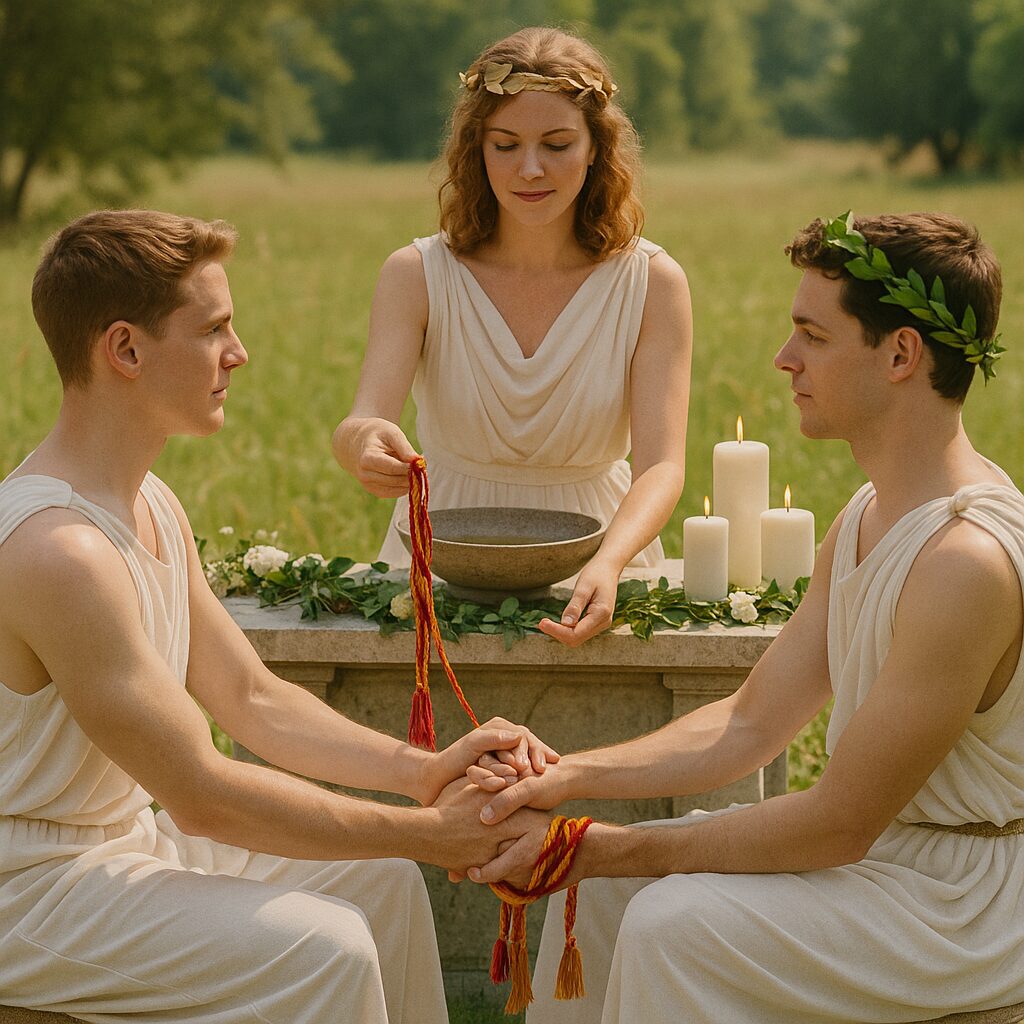
Devotional Days and Personal Holidays
Beyond the collective Sabbats, many Neopagans celebrate:
- Holy days of specific deities (e.g., Hekate’s Night, Freyja’s Friday)
- Anniversaries of personal significance
- Astrological alignments (like Venus rising, retrogrades, eclipses)

These observances are often intuitive, based on the rhythms of spirit more than the pages of any book.
Lineage & Cultural Traditions in Neopaganism
“Our Own Druidism” (Irish Gaelic)
Origin: Pan-Celtic / Indo-European Revival
Focus: Public ritual, high day celebrations, polytheism, scholarship
Deities: Celtic, Norse, Vedic pantheons depending on hearth culture
Magical Tone: Structured, sacred, cosmically layered
Common Observances: Eight High Days (Wheel of the Year)
Fírinne agus Seanachas (Truth and Lore)
Origin: Irish, Welsh, Gaulish traditions
Focus: Historical research, poetic lore, culturally rooted festivals
Deities: Brigid, Lugh, The Morrígan, Epona
Magical Tone: Reverent, historical, land-tied
Common Observances: Imbolc, Lughnasadh, Samhain
Order of Bards, Ovates and Druids
Origin: 18th–20th century British spiritual revival
Focus: Nature reverence, poetry, bardic expression, tree lore
Deities: Varies; Awen as divine inspiration
Magical Tone: Inspirational, meditative, green
Common Observances: Solstices, Equinoxes, and fire festivals
The Three Souls Path
Origin: American (Victor & Cora Anderson)
Focus: Shadow work, ecstatic experience, inner divinity
Deities: Star Goddess, Divine Twins, Blue God
Magical Tone: Wild, sensual, liminal
Common Observances: Personal trance rites, spirit contact
Ελληνισμός (Hellenismos)
Origin: Ancient Greece
Focus: Ritual devotion, household worship, classical festivals
Deities: Olympians (Zeus, Athena, Apollo), Chthonic gods, spirits (daimones)
Magical Tone: Devotional, luminous, philosophical
Common Observances: Noumenia (new moon), Anthesteria, Panathenaia
Kemet (Black Land)
Origin: Ancient Egypt
Focus: Ma’at (cosmic balance), priestly rites, daily offerings
Deities: Ra, Isis, Thoth, Sekhmet, Set
Magical Tone: Solar, structured, sacred
Common Observances: Wep Ronpet (New Year), Feast of Lights for Bast
Ásatrú = “Faith in the Æsir” (Old Norse)
Origin: Scandinavia
Focus: Gods, ancestors, land spirits (wights)
Deities: Odin, Thor, Freyja, Frigg, Loki
Magical Tone: Tribal, fierce, honorable
Common Observances: Blóts, Yule, Midsummer, Vetrnætr (Winter Nights)
Romuva = “Place of Eternal Fire”
Origin: Lithuania and Baltic region
Focus: Sun worship, folk songs (dainos), ancestral veneration
Deities: Dievas, Laima, Saule (Sun Goddess)
Magical Tone: Ancestral, folk-based, nature-centered
Common Observances: Rasos (Summer Solstice), Žiemos šventė (Winter Festival)
Rodnovery = “Faith of the Kin”
Origin: Russia, Poland, Ukraine
Focus: Seasonal rites, ritual songs, land spirits, household deities
Deities: Perun, Mokosh, Veles, Lada
Magical Tone: Mythic, earthy, cyclic
Common Observances: Kupala Night, Maslenitsa, Dziady (Ancestor Day)
Hail Eris!
Origin: U.S. (1960s), parody religion with real magical influence
Focus: Chaos, creative rebellion, absurdist ritual
Deities: Eris (Goddess of Chaos), the Sacred Chao
Magical Tone: Irreverent, clever, symbolic
Common Observances: Discordian calendar holidays, randomly chosen holy days
Return to the Great Mother
Origin: Inspired by Margaret Murray’s early 20th-century theory
Focus: Matriarchy, pre-Christian goddess worship, seasonal mystery rites
Deities: Great Goddess, Earth Mother, Triple Moon
Magical Tone: Archetypal, mythopoetic, feminine
Common Observances: Goddess festivals, new moons, personal rites of passage
